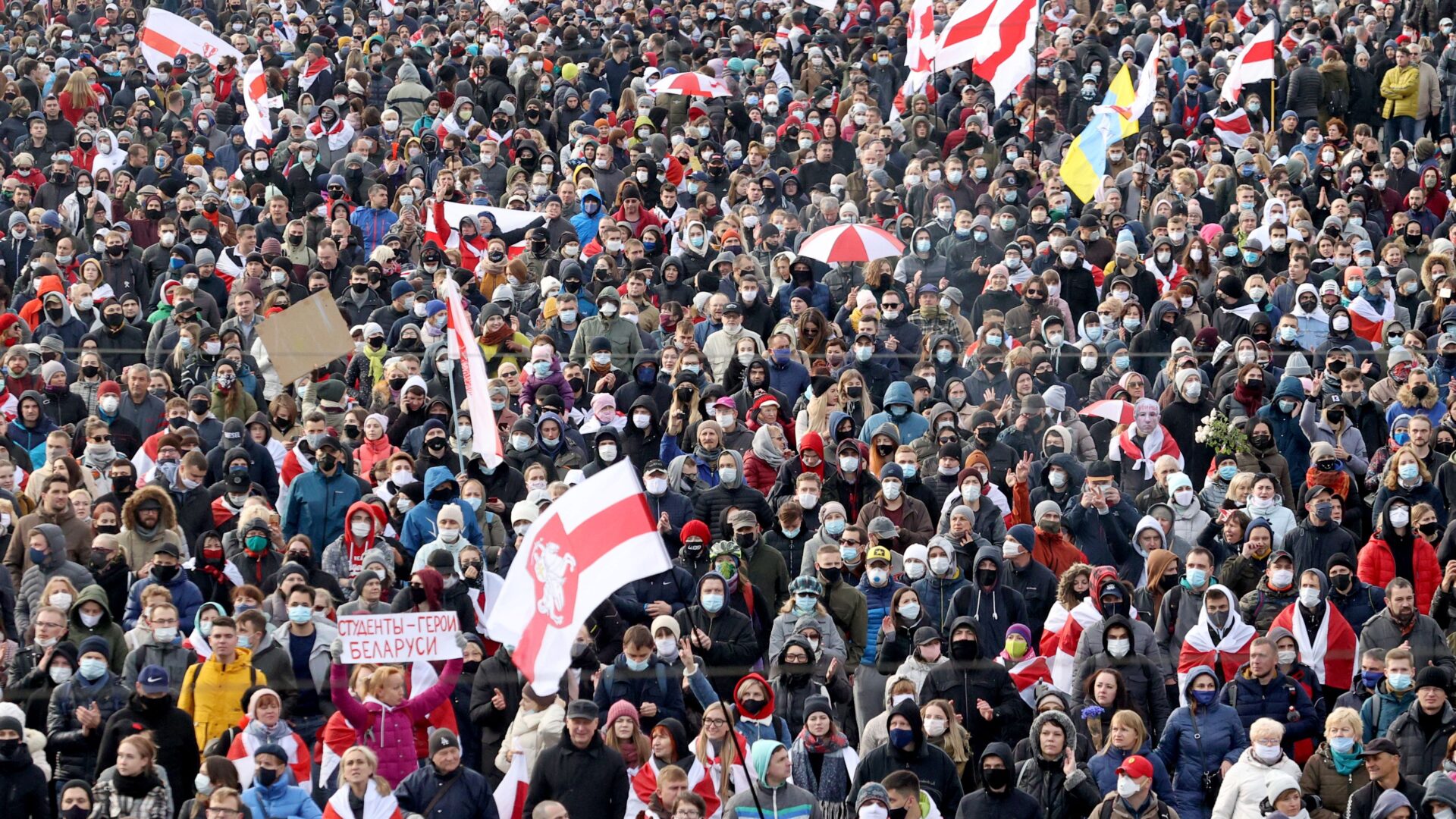Read the full essay here.
In the past three decades nonviolent social protest has become the most reliable path to democracy. However, not all nonviolent mobilization campaigns succeed. To examine why some nonviolent campaigns are more successful than others, we analyze the use of a particular type of activist campaign tactic, the “dilemma action.” The dilemma action is a nonviolent civil-disobedience tactic that provokes a “response dilemma” for the target. Collecting original data on dilemma actions during nonviolent activist campaigns, we find that roughly one-third of mass nonviolent campaigns in the past century deploy this strategy. We theorize four mechanisms linking dilemma actions to nonviolent activist campaign success: facilitating group formation, delegitimizing opponents, reducing fear, and generating sympathetic media coverage. Finally, we assess whether dilemma actions increase campaign success rates, finding that dilemma actions are associated with an increase of 11–16 percent in activist-campaign success.
Image Credit: Stringer/AFP via Getty Images

